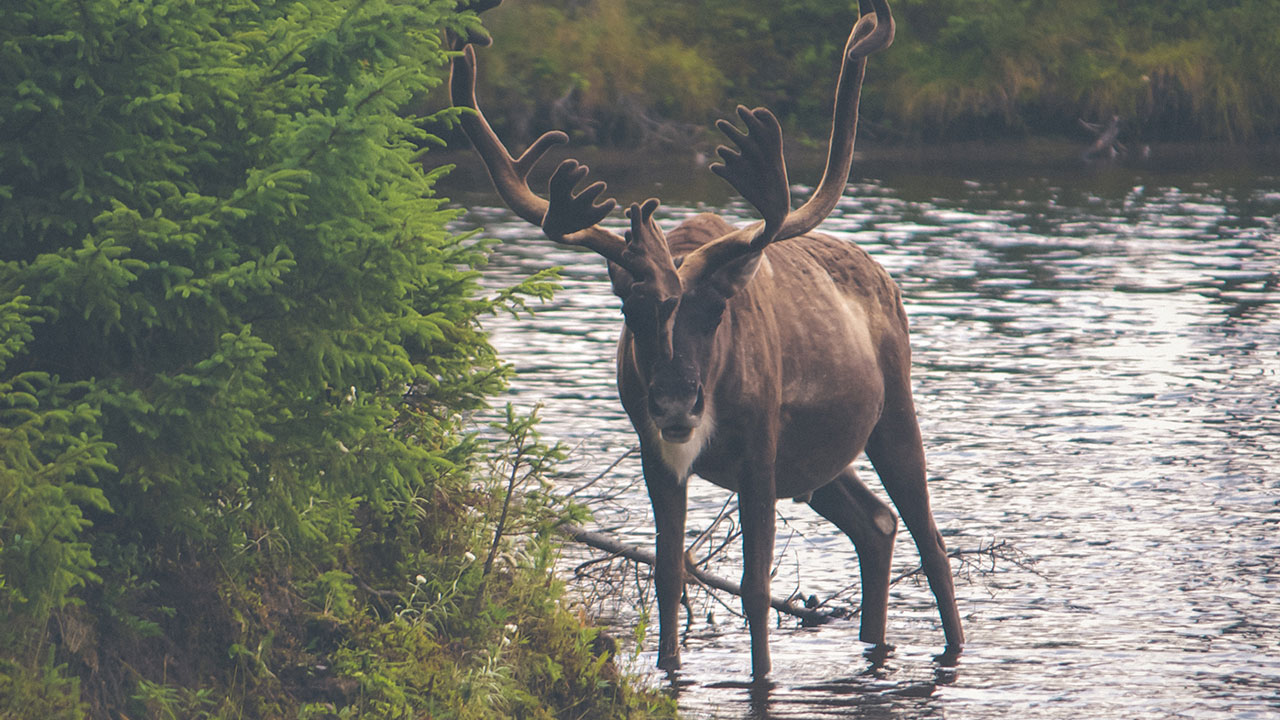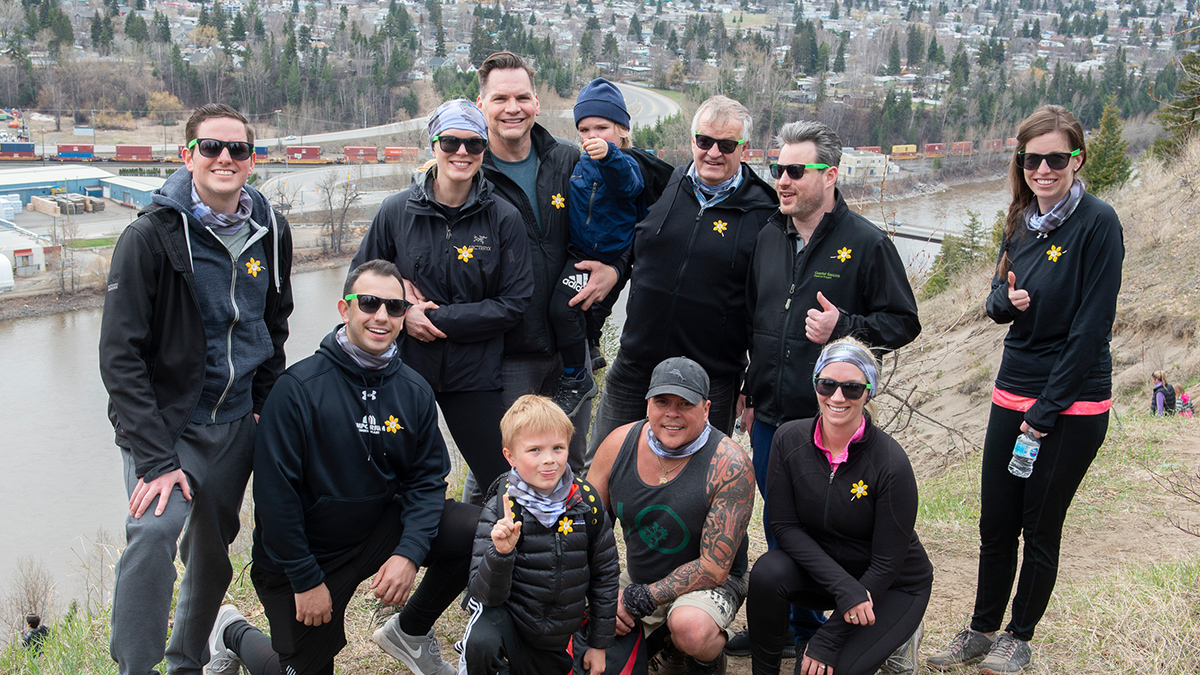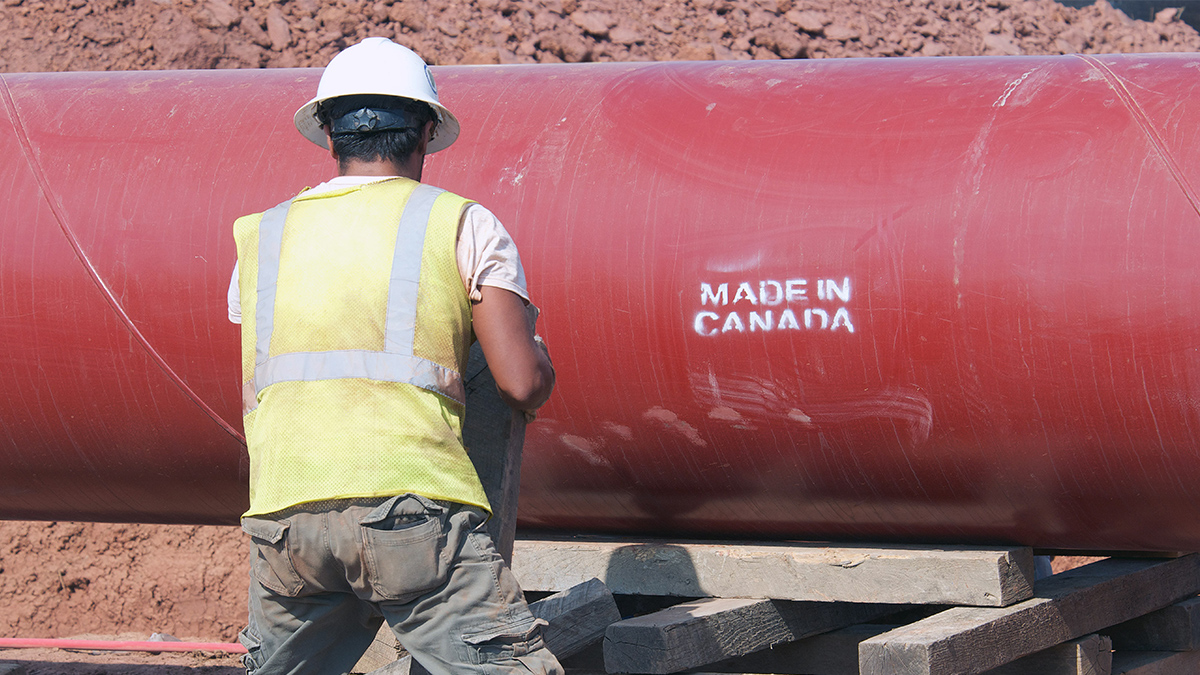Apr 29, 2019
Land & Wildlife
Land & Wildlife
We believe that when we build an asset, we temporarily borrow the land. Over the course of our 65-year history, we have successfully reclaimed hundreds of thousands of acres of land in many different ecological regions following pipeline construction and other facility construction throughout North America.
Managing our footprint
As part of our commitment to environmental stewardship, we work to minimize our environmental footprint as we strive to meet the energy needs of North Americans.
Here are some examples of what we are doing to minimize our land disturbance.
Restoring woodland caribou habitat through industry and association partnerships in Alberta
40,000 plants relocated along Mexico Topolobampo pipeline right of way to help preserve ecosystems
Restoring trout habitat in the Crowsnest Pass area of southern Alberta near our NGTL Pipeline
Environmental protection through the life cycle of our assets
We’re committed to protecting the environment throughout the complete life cycle of our pipelines and facilities, from business development to project planning and design, through construction and operations to remediation and final decommissioning.
Phase 1: Considering new projects
Since we care about protecting the environment, we have integrated environmental principles into our business development strategy.
Our strategy includes finding opportunities where we can replace or improve North America’s energy infrastructure for the future.
Phase 2: Project planning and design
To minimize potential adverse effects of our projects on the surrounding environment, TransCanada completes detailed environmental assessments.
Depending on the type and scale of the project, the environmental assessment may include field studies that examine existing natural resources along our proposed project footprint, such as vegetation, soils, wildlife, water resources and wetlands, protected areas and land use.
We also engage with Indigenous groups, landowners, local residents and other stakeholders to identify and understand their use of the lands and any additional unique environmental concerns.
The information gathered is used in design considerations including pipeline route selection and facility site selection and to inform project-specific environmental protection plans.
Phase 3: Construction
Project-specific environmental protection plans help conserve and protect the environment through construction and into operations.
Once our projects are constructed, we reclaim the land to equivalent land capability.
Our commitment to the protection of the land doesn’t end with successful reclamation after construction. Post-construction monitoring is conducted to confirm the effectiveness of mitigation strategies, reclamation and habitat restoration activities.
Phase 4: Operations
We have an extensive Environment Program to ensure ongoing, day-to-day protection of the environment, including detailed operating procedures, extensive employee training and routine inspections and audits.
Phase 5: Decommissioning and abandonment
If an asset reaches the end of its life cycle the process is managed through a regulatory structure that considers environmental and social impacts on the localized ecosystems and communities. This robust process ensures that the effects of our developments on the land are not permanent and enables the return of the site to a state of equivalent pre-construction land capability.
We’re committed to protecting the environment
CASE STUDY:
Environmental stewardship in action: protecting caribou
In collaboration with the Government of Alberta and other partners, TransCanada recently implemented measures to restore the quality and connectivity of more than 247 acres (100 hectares) of critical caribou habitat in the newly proposed Dillon River Wildland Park.
Here’s how it happened.
"When TransCanada started planning pipeline projects in northern Alberta, we identified a need to offset residual effect on woodland caribou habitat,” says Kim Ogilvie, manager of Canadian environmental planning and permitting.
"So, we entered into what some might call an unlikely partnership with Alberta Pacific Forest Industries Inc. and Alberta Environment and Sustainable Resource Development to create a collaborative, restoration project that would align to Alberta’s woodland caribou policy priorities and federal caribou recovery strategies."
"We each had our own interests, but we bonded over the notion that the caribou story starts with shared objectives – take action, work together and leverage resources to ensure that restoration investments are meaningful."
Beginning in the summer of 2014, the project included plans to:
- Re-vegetate abandoned seismic lines and access roads to "close-in" open canopy spaces
- Create barriers to limit human access
- Test techniques to create microsites to promote natural forest regeneration




